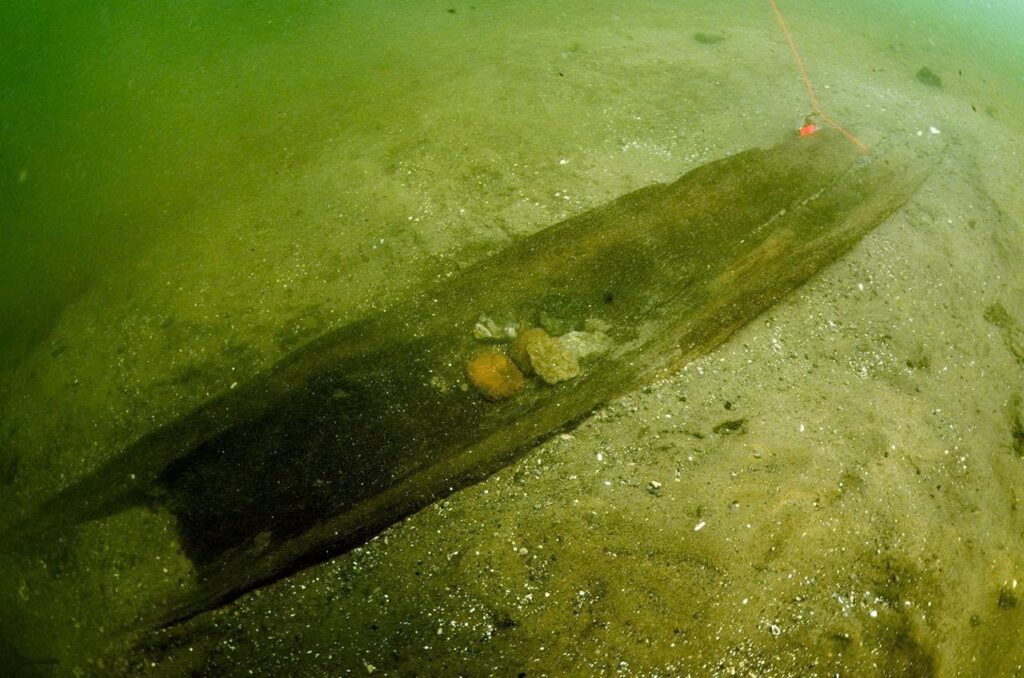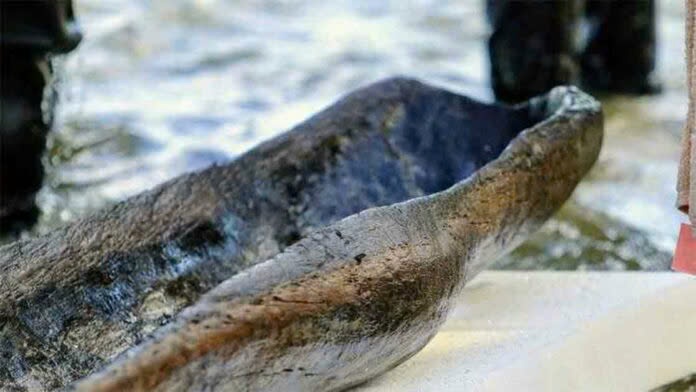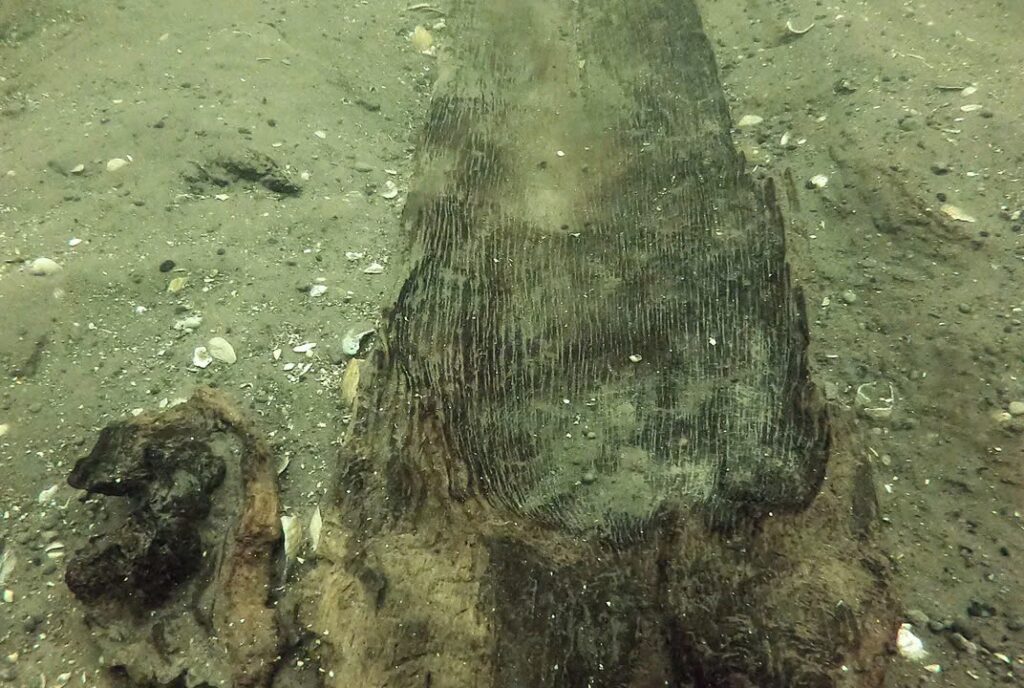Remarkable Discovery in Lake Mendota

In the depths of Lake Mendota, Madison’s largest lake, archaeologists have made a groundbreaking discovery: 11 ancient canoes dating back as far as 4,500 years. This find has set a new record for the oldest canoe ever discovered in the Great Lakes region and provides unprecedented insights into the early civilizations that once thrived in Wisconsin.
A Journey Through Time

The excavation began in 2021 with the retrieval of a 1,200-year-old canoe. Subsequent dives yielded more artifacts, including a 3,000-year-old canoe in 2022. However, the most remarkable find came later – an elm canoe dating back to around 2,500 BC, making it the oldest in the collection.
Insights into Ancient Civilizations

These canoes offer a glimpse into the lives of the people who inhabited the region thousands of years ago. Dr. Amy Rosebrough, State Archaeologist for the Wisconsin Historical Society, emphasizes the significance of these findings in understanding the area’s history and environmental changes over time.
Preserving Cultural Heritage
Collaboration with Indigenous Communities

The canoes were found in the ancestral territory of the Ho-Chunk Nation, known as Dejope. Bill Quackenbush, historic preservation officer for the Ho-Chunk Nation, highlights the cultural importance of these artifacts, describing them as tangible connections to oral traditions passed down through generations.
Preservation Efforts and Future Research

While some canoes are being preserved for future display at the Wisconsin History Center, others will remain submerged due to their fragile condition. The Wisconsin Historical Society is collaborating with tribal representatives and using advanced technologies like ground-penetrating radar and sonar to further study the lake’s archaeological landscape.
A Window to the Past

The discovery of these ancient canoes in Lake Mendota not only sets new archaeological records but also provides valuable insights into the technological prowess and cultural practices of Wisconsin’s early inhabitants. As research continues, these remarkable artifacts stand as a testament to the rich heritage and enduring legacy of the region’s ancient peoples.
